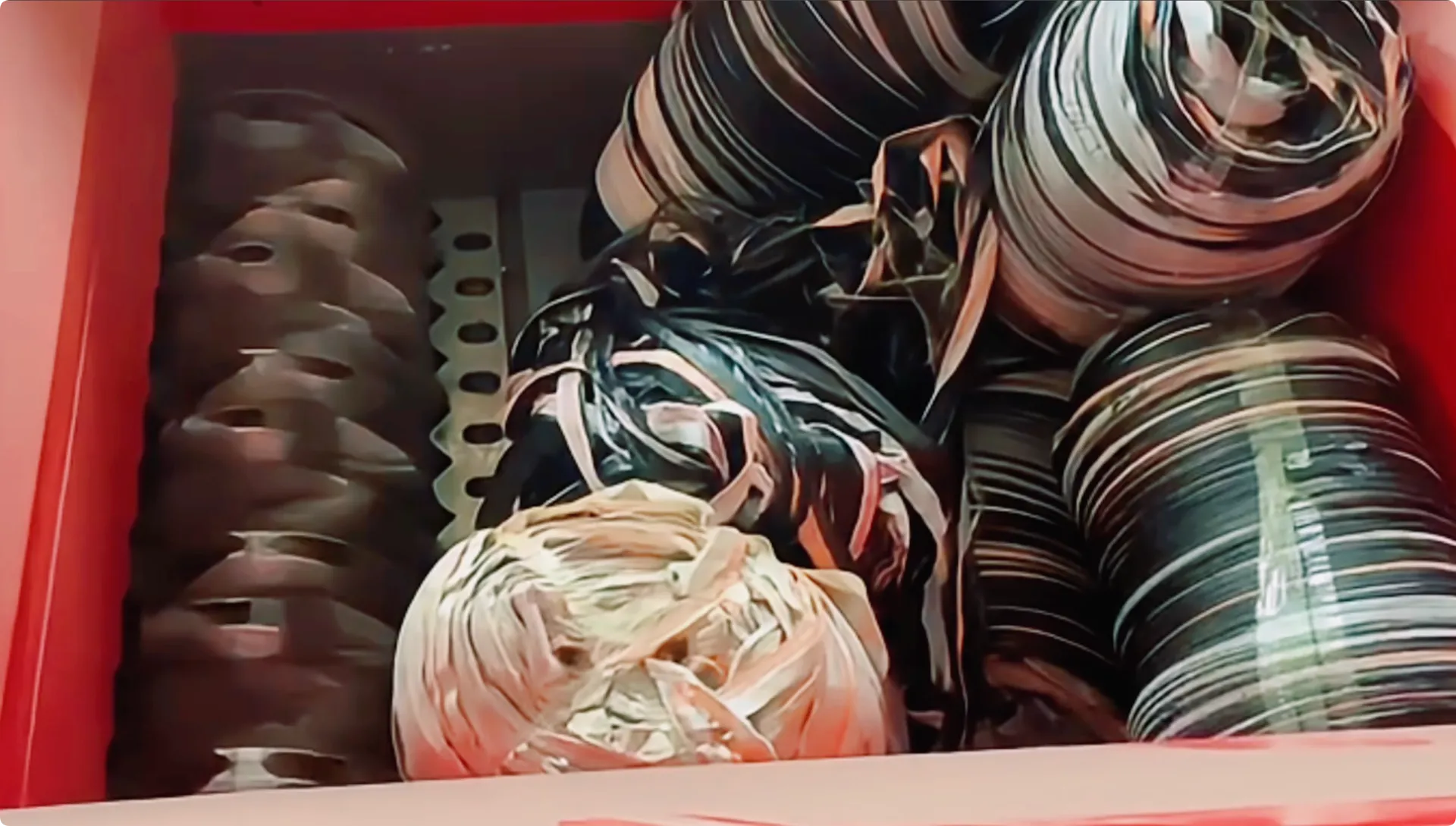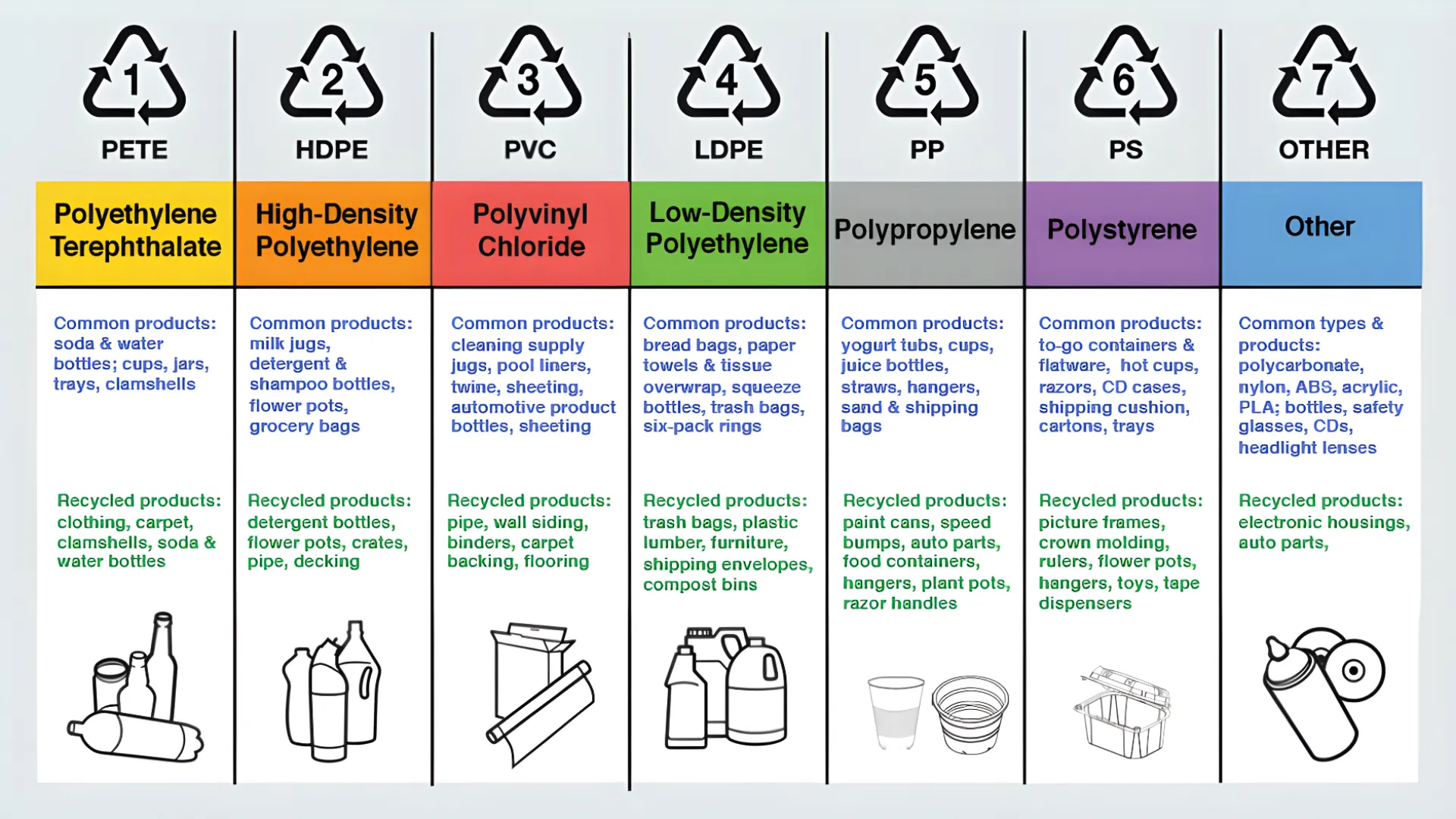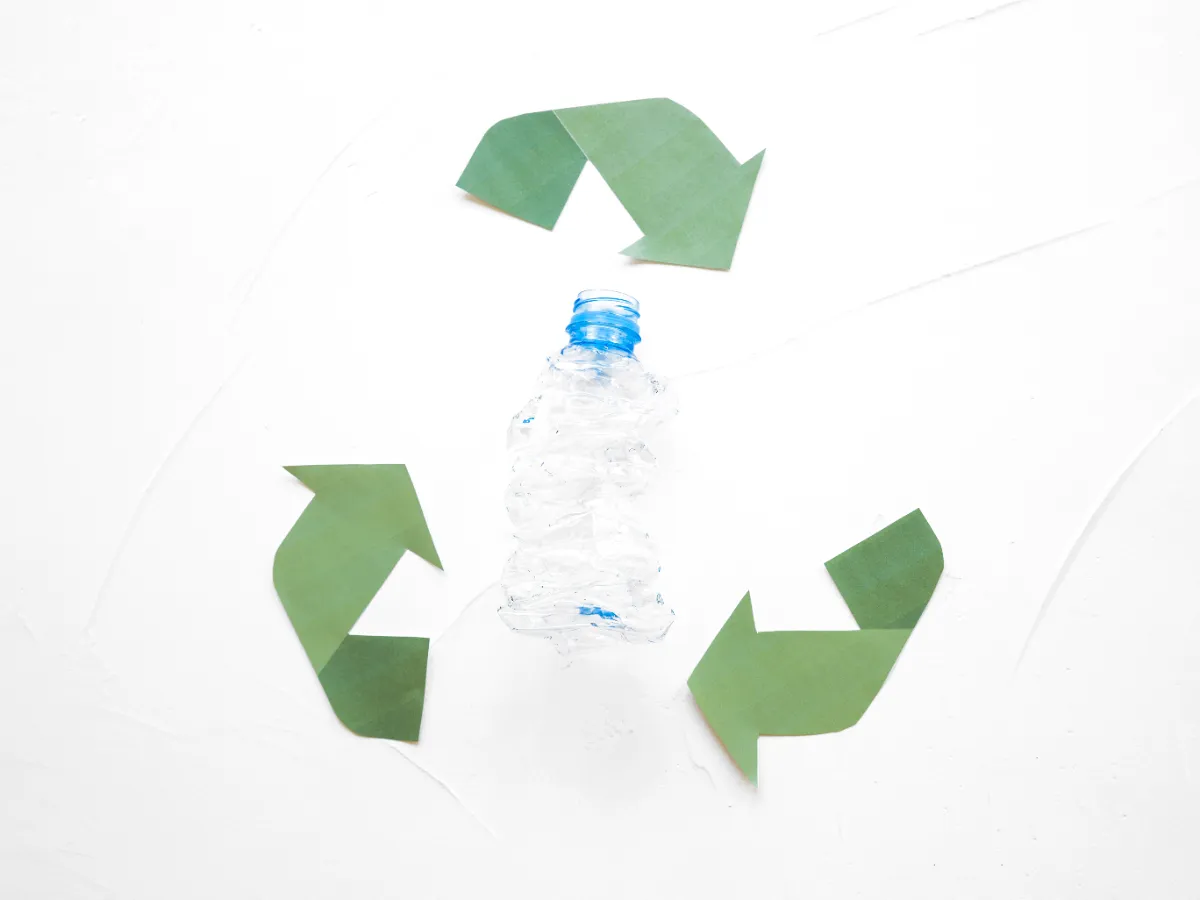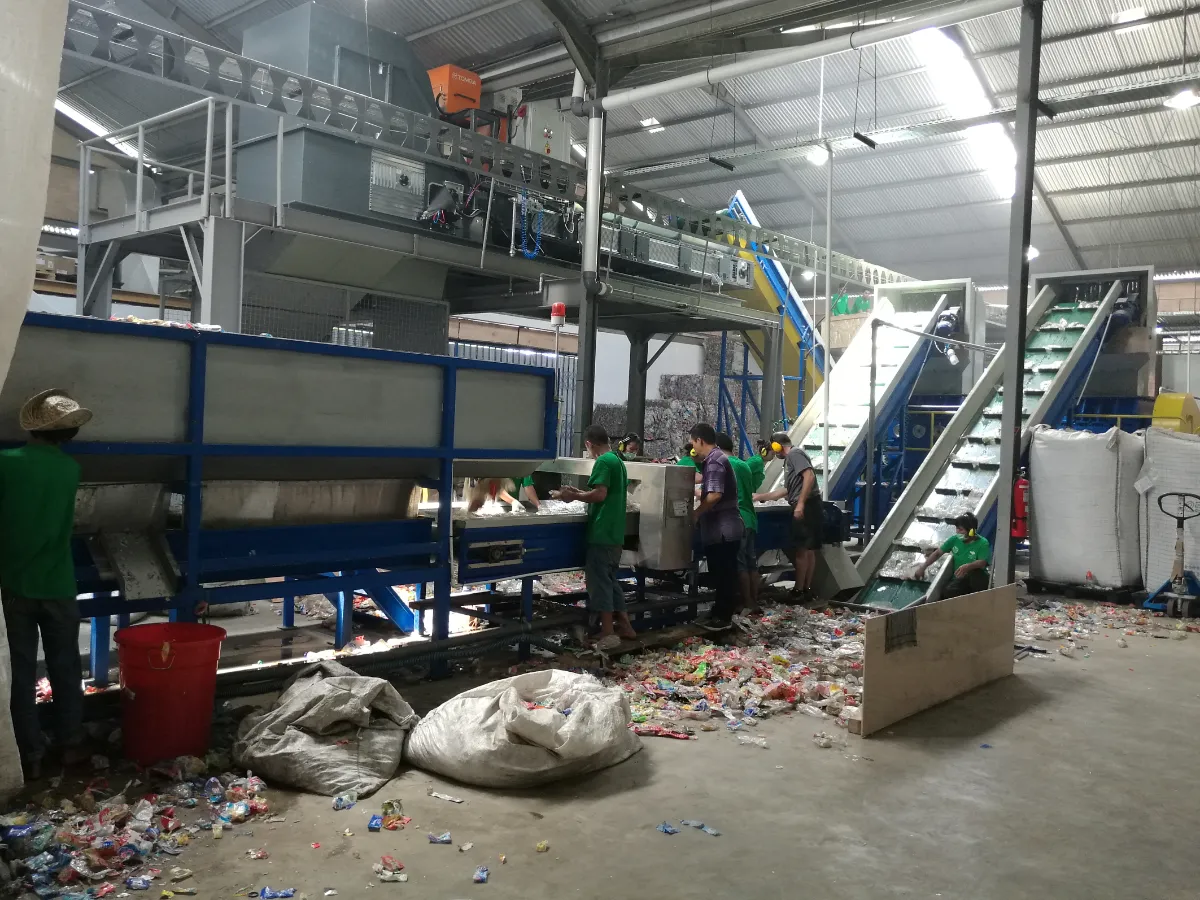How to Recycle Polypropylene Bags and Nonwovens: A Comprehensive Guide
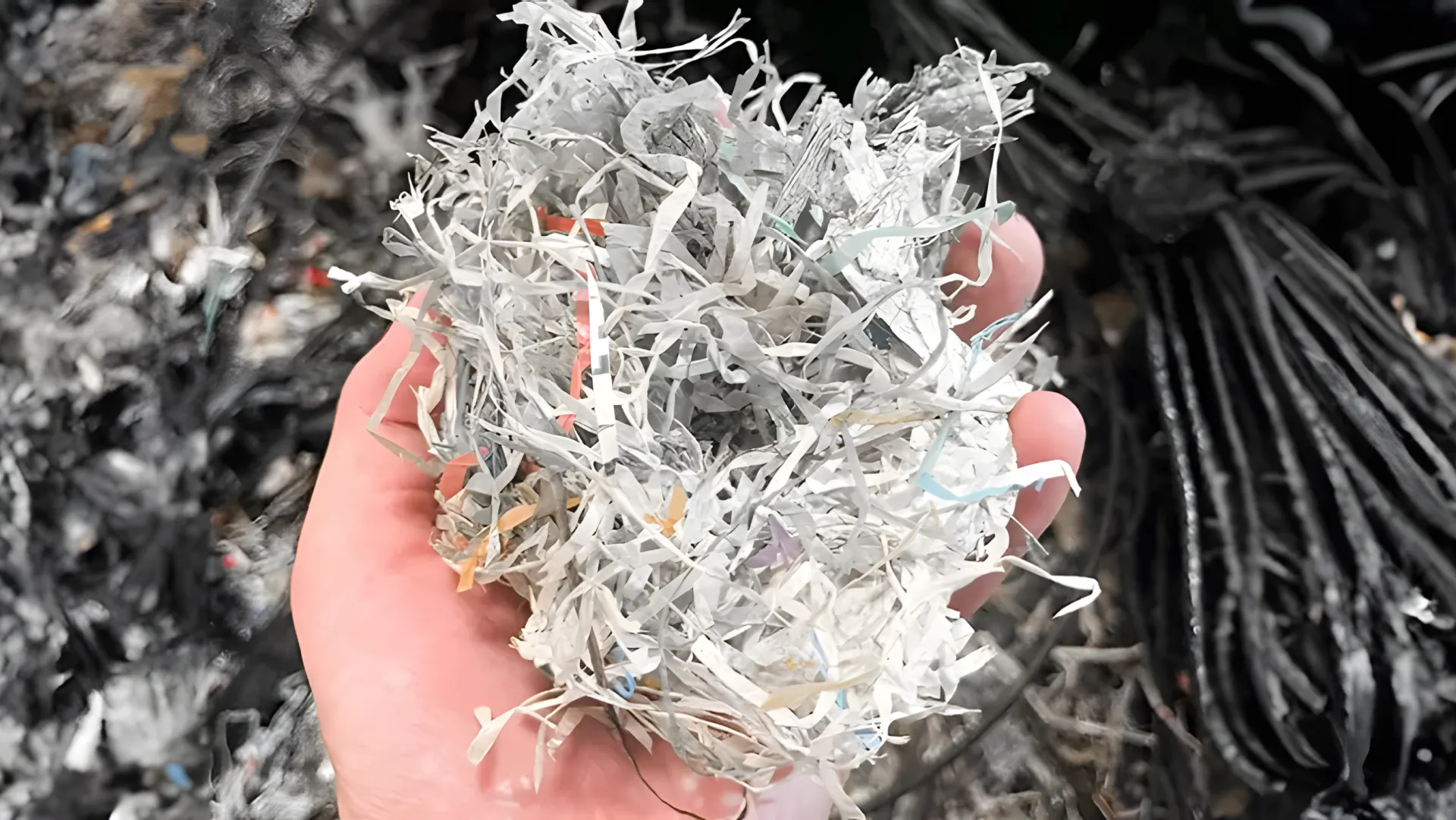
Polypropylene (PP) bags, commonly found in various industries, are known for their durability, lightweight nature, and resistance to moisture. These bags, including woven bags and bulk bags, play a significant role in packaging an...




